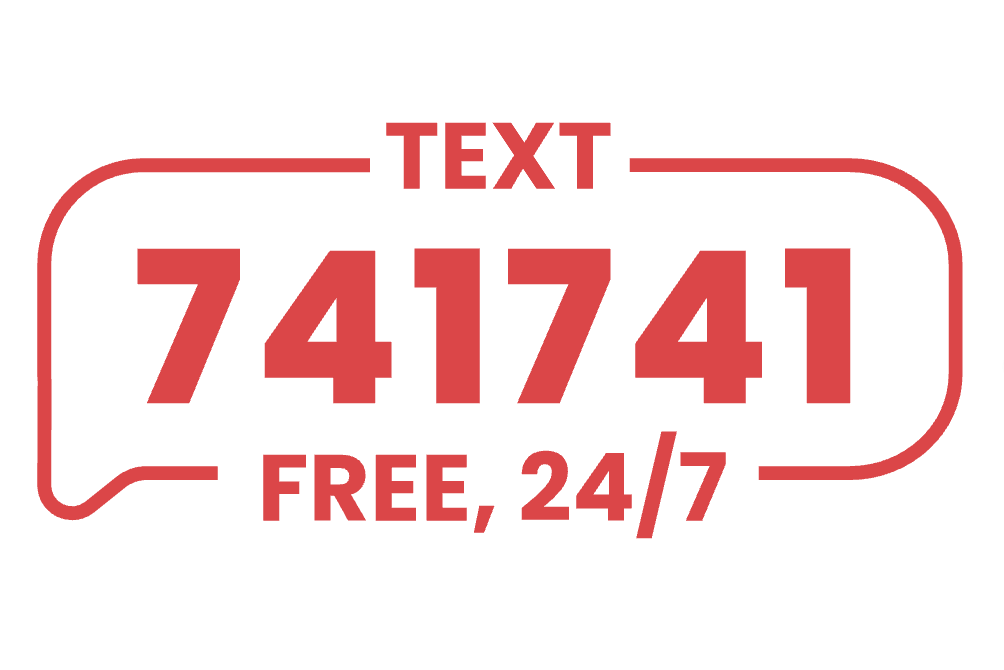Building A Brand Voice
Empathy and innovation. These are the words that have long defined the Crisis Text Line brand. They how we present ourselves to our community and the world at large: responses to social media comments, feedback to Crisis Counselors, and every post in this blog!
Building a brand voice for a crisis service comes with a unique set of challenges. Summed up into one: How can we be an engaging and accessible brand while respecting the seriousness of what our texters are dealing with?
That’s the question I try to answer every day in building and using Crisis Text Line’s brand voice. Some of what I learned along the way can be applied to any brand hoping to create consistency and clarity in its voice.
1. The brand voice should match the service or product. This one seems like a no-brainer – the tone you set with your branding sets your users’ expectation. We have an advantage here: we can apply the best practices we teach our Crisis Counselors directly to our brand voice.
Crisis Counselors don’t ask “why” questions. They aren’t excessive with maximizers. They don’t use ALL CAPS. And they pack as much as they can into 160 characters. This is where that “empathy” part of the brand comes in, too: “Would I say this to a texter?”
While we’re uniquely positioned to match our service to our brand voice, these principles can be applied to any brand. (Eg. Edtech brands can match their voice to how they’d expect the instructors on their platforms to sound.)
2. Positivity is always best. Positive voice is about a lot more than exclamation points and smiley emoticons, which tend to have diminishing returns. Verbs with negative connotations, like “ignore,” “refuse,” and “lose” can be replaced by reversing the framing of the entire sentence.
For example, “Avoid using the word ‘but’ because it drags down the ‘mood’ of a sentence.” can become, “Use ‘and’ in place of ‘but’ to improve the ‘mood’ of a sentence.”
3. Specificity in the guidelines = clarity. It’s helpful to say, “our brand is inclusive” – it’s even better to say “Everyone we’re writing to and for is supporting our mission in some way, so use words like ‘our’ and ‘we’ to include them.” Getting specific means challenging yourself to decide whether your brand uses:
- Contractions (We think they’re great.)
- Passive voice (We think it’s to be avoided. We stick with the active.)
- Parenthetical asides (They’re conversational – maybe excessively so – which works for us!)
A consistent brand voice is key to making a strong first (and second and third) impression, standing out in the crowd, and conveying your organization’s values effectively.

